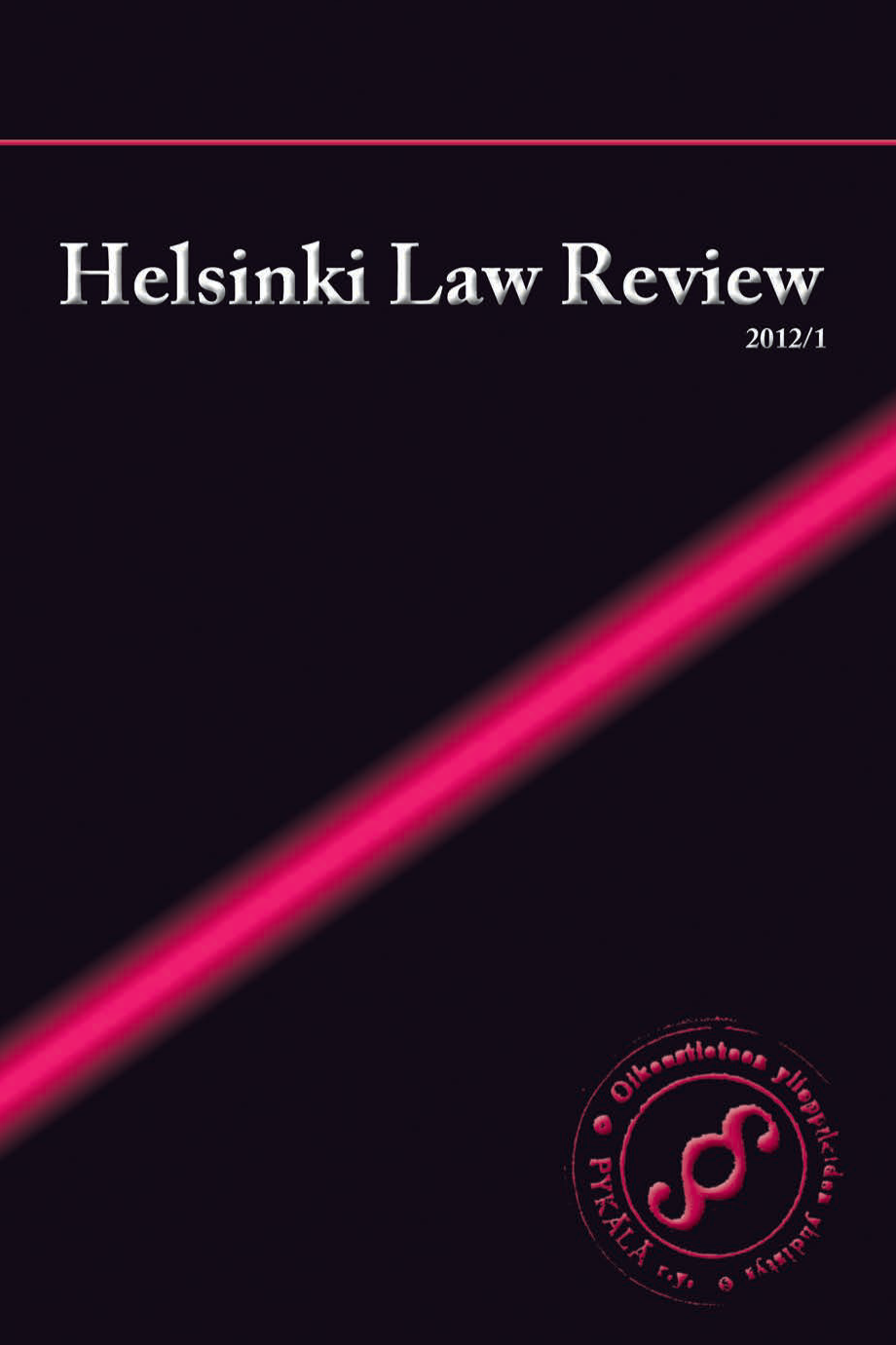Protection of Commercially Sensitive Information Contained in Bid Documents in Public Procurement
Keywords:
public procurement, transparency, freedom of information, access to information, confidentiality, bid documents, tender documents, trade secretsAbstract
Transparency is one of the basic principles in public procurement in the European Union (EU). It has a key role in the opening-up of procurement to competition, but it must have its limits and the sensitive economic information contained in bids should be protected. This article examines access to tender documents supplied by the bidder. The viewpoint is a Finnish one but the Swedish and British systems are analysed for the sake of comparison. The article aims to ascertain what balance has been struck between the disclosure and withholding of information and if the outcome varies in the three legal systems. As public procurement regulation is based on an EU directive, these confidentiality issues are also studied on EU level.
By comparing the three national legal systems, we draw the conclusion that commercial interests and trade secrets are defined in a similar way and protected in each. Nevertheless, many differences can also be found. It would seem that the protection of information related to pricing is less strict in the UK than in Finland and Sweden. However, in Finland, tenderers have access to more information than the general public, whereas no such distinction exists in Sweden and the UK. Furthermore, the scope of public authorities covered by freedom of information legislation varies in the three EU states. These differences may lead to some countries becoming less attractive to bidders and thus suggest that a more detailed regulation of access to tender documents might be in order on EU level.


